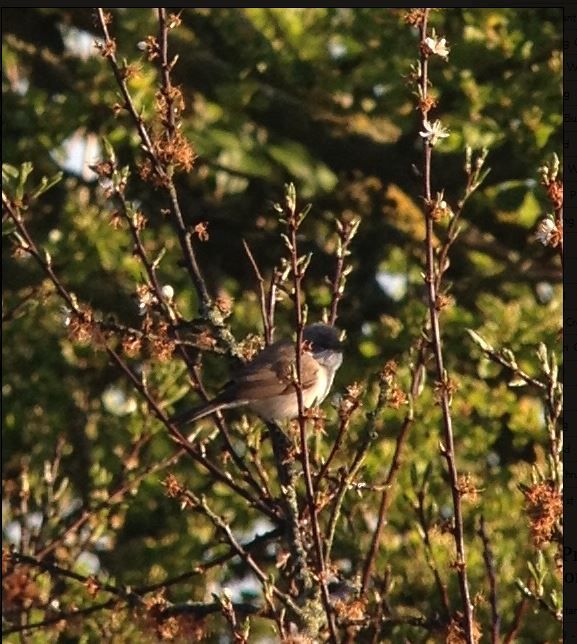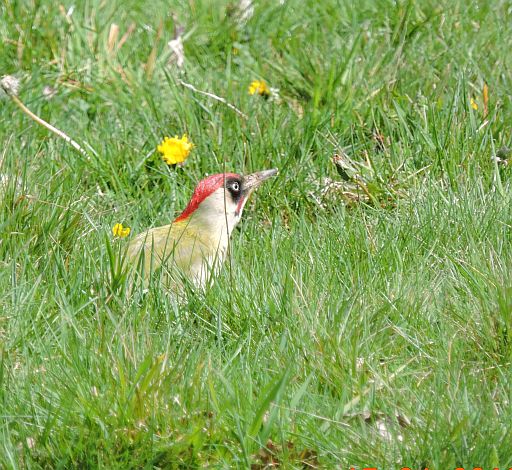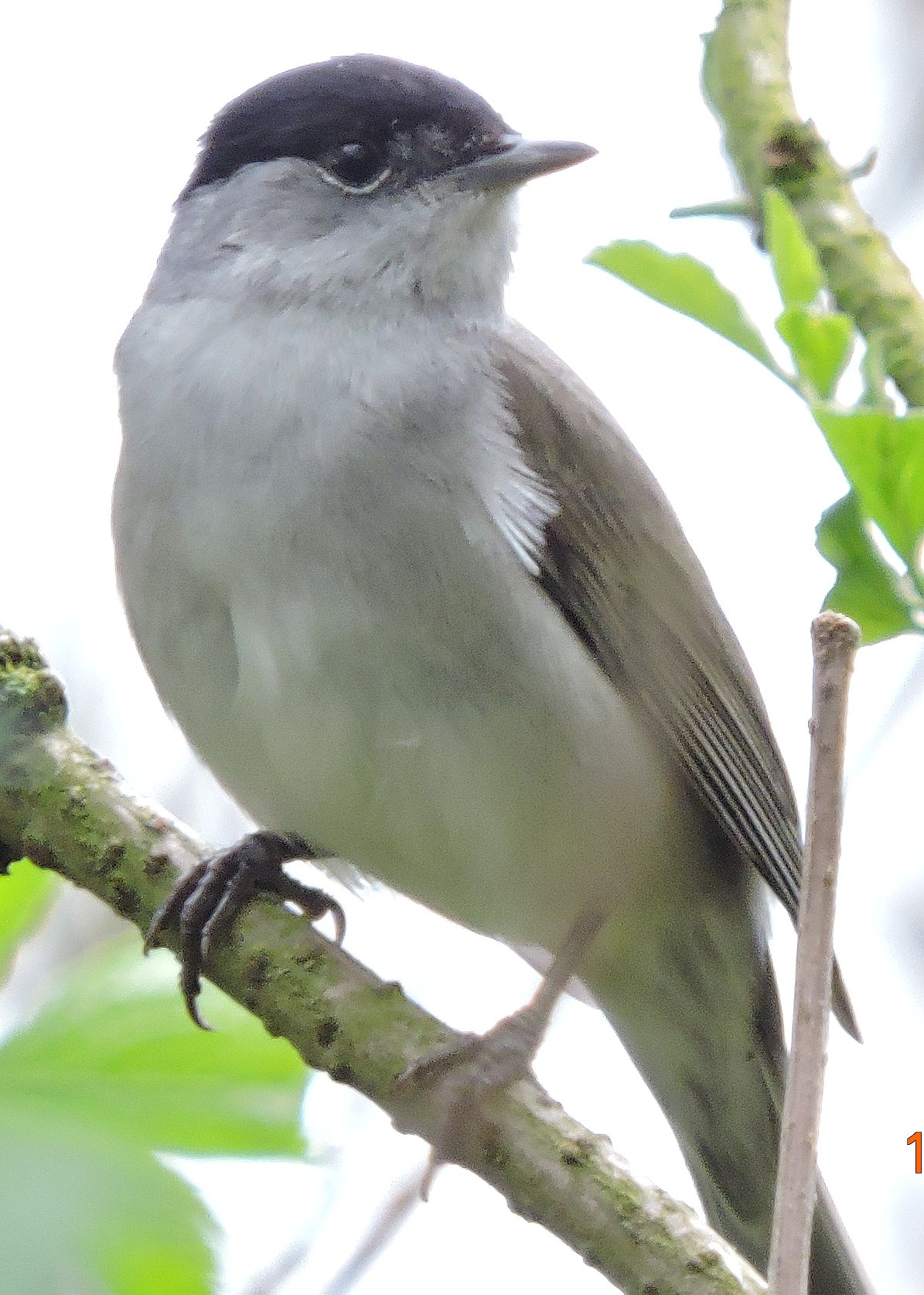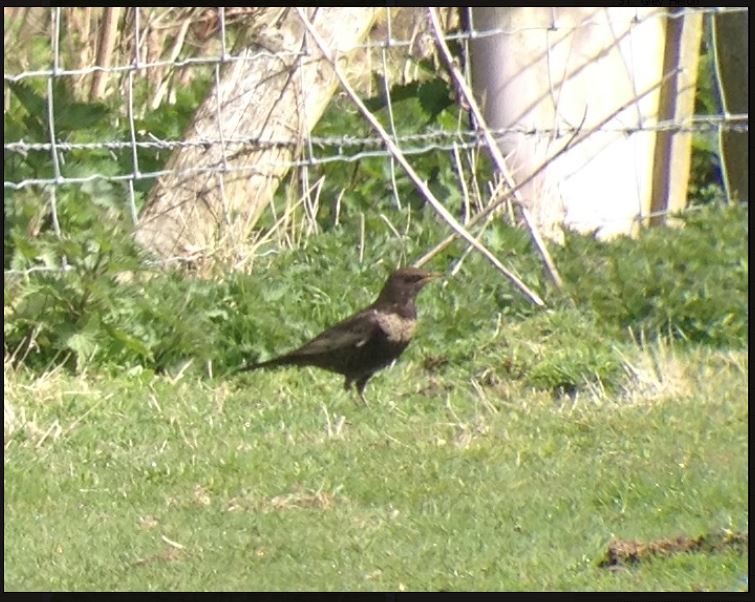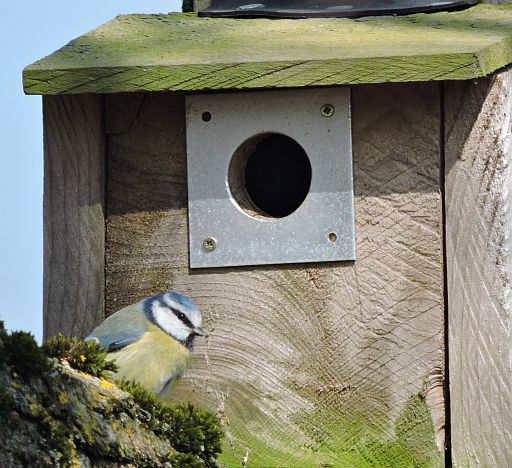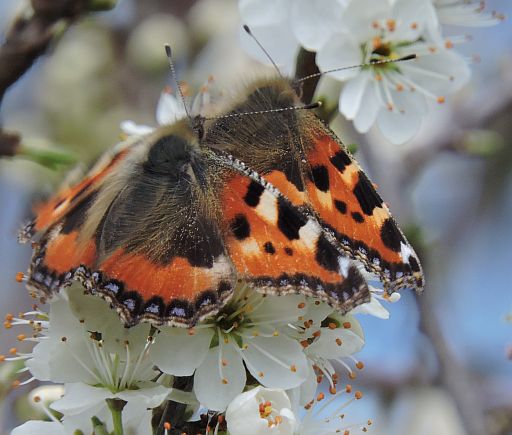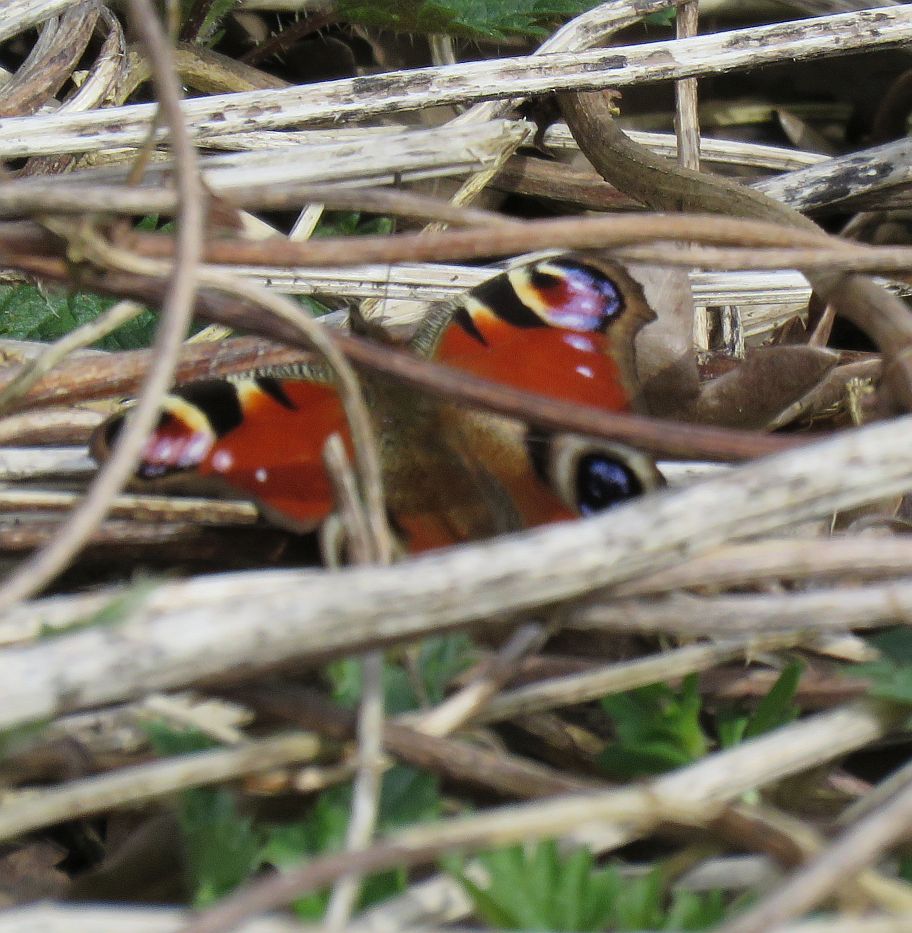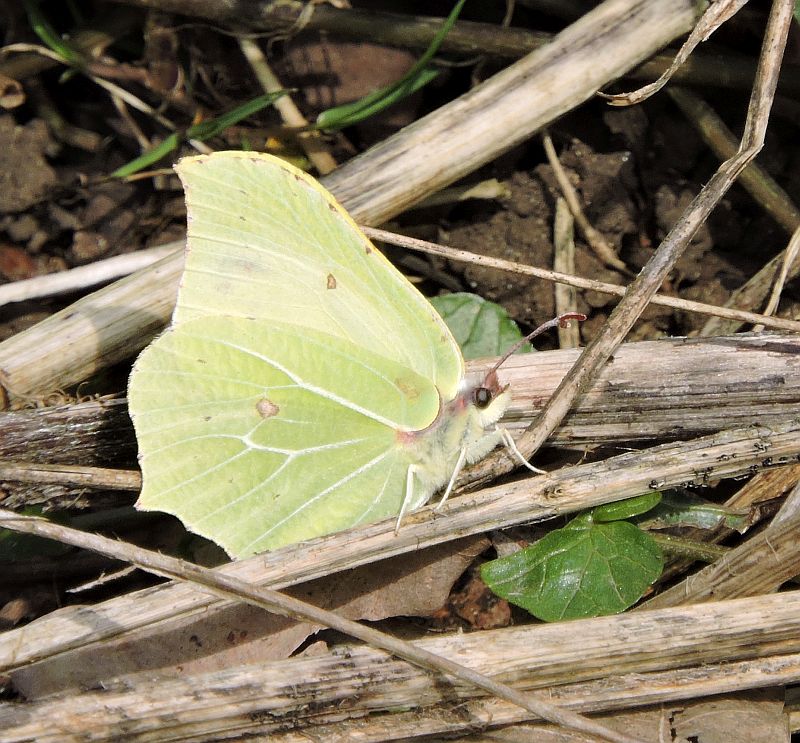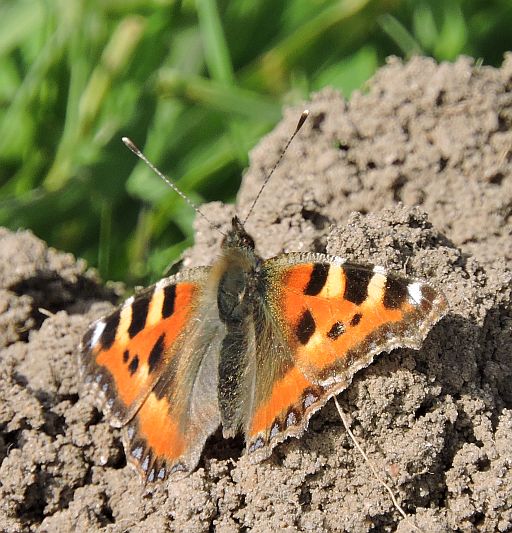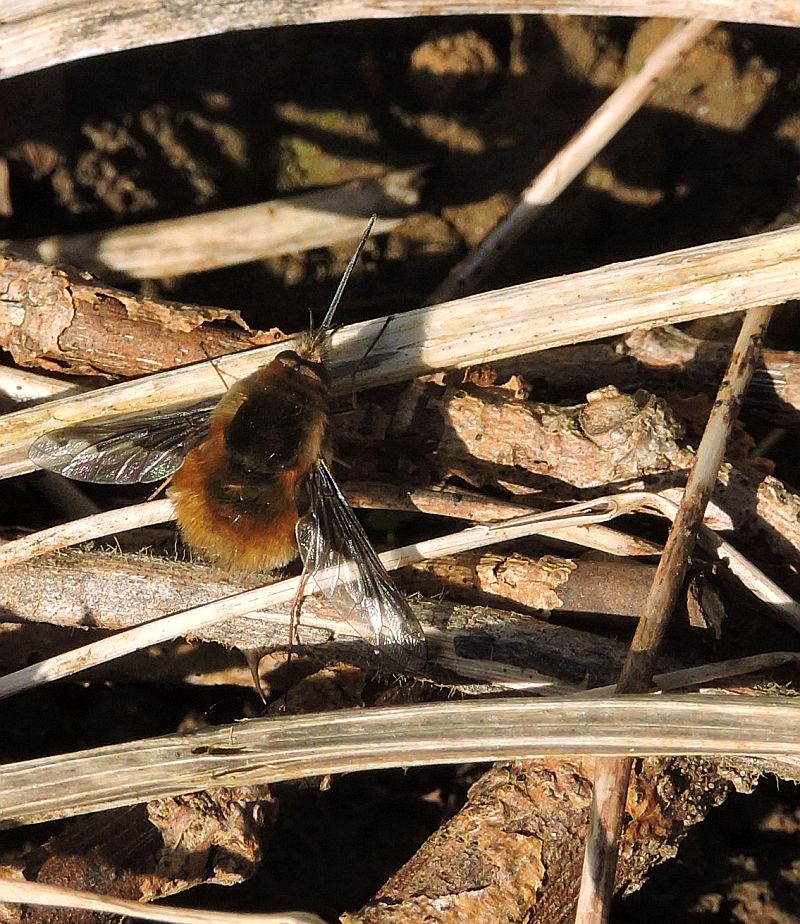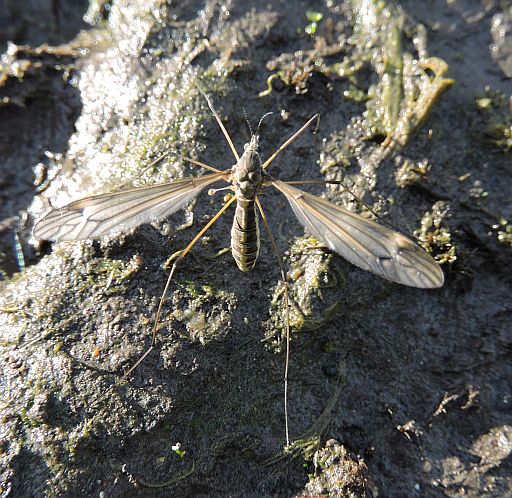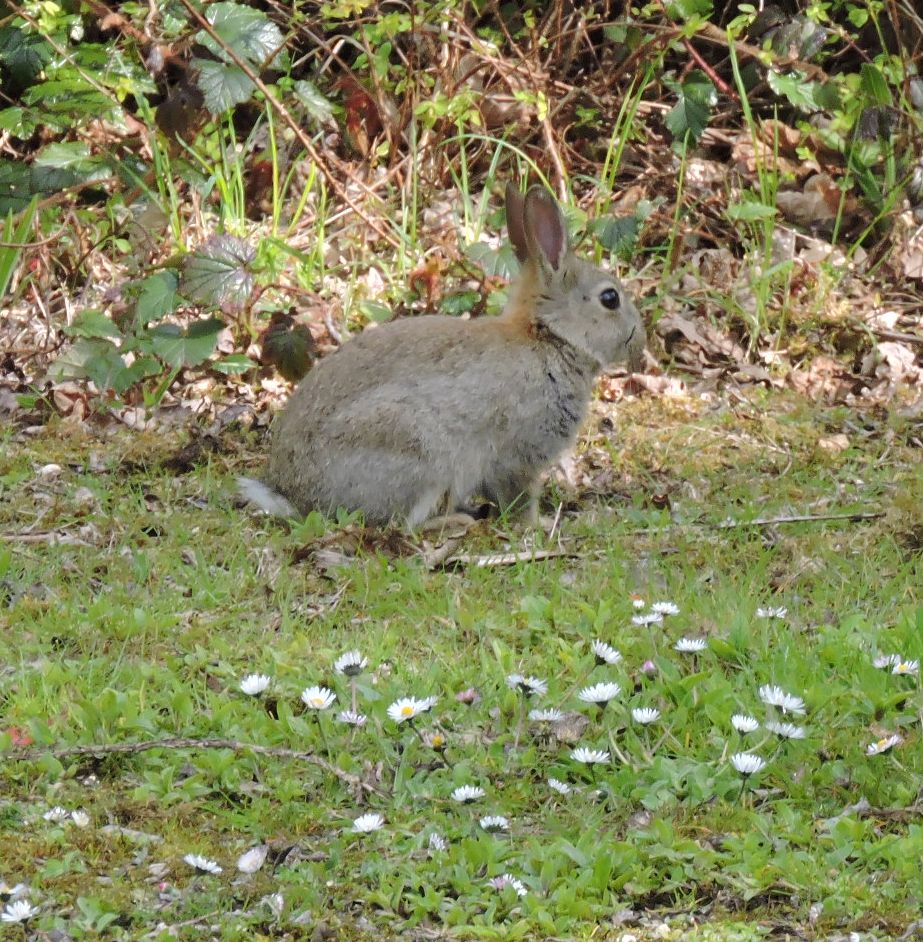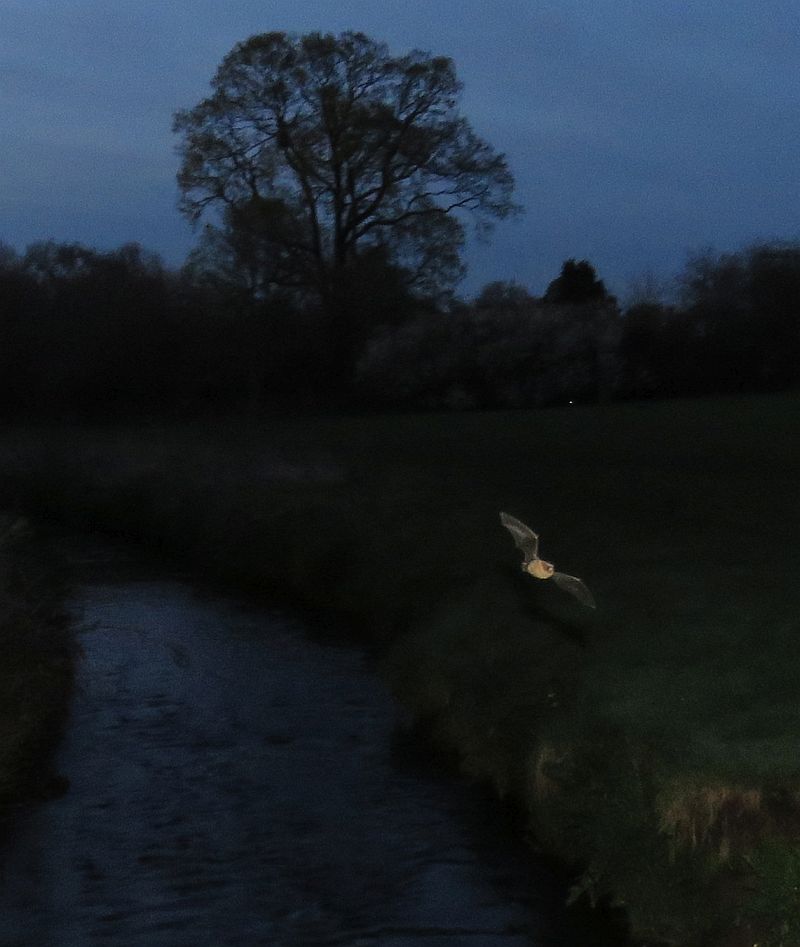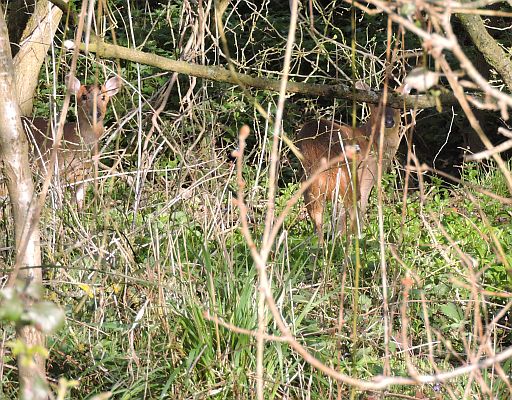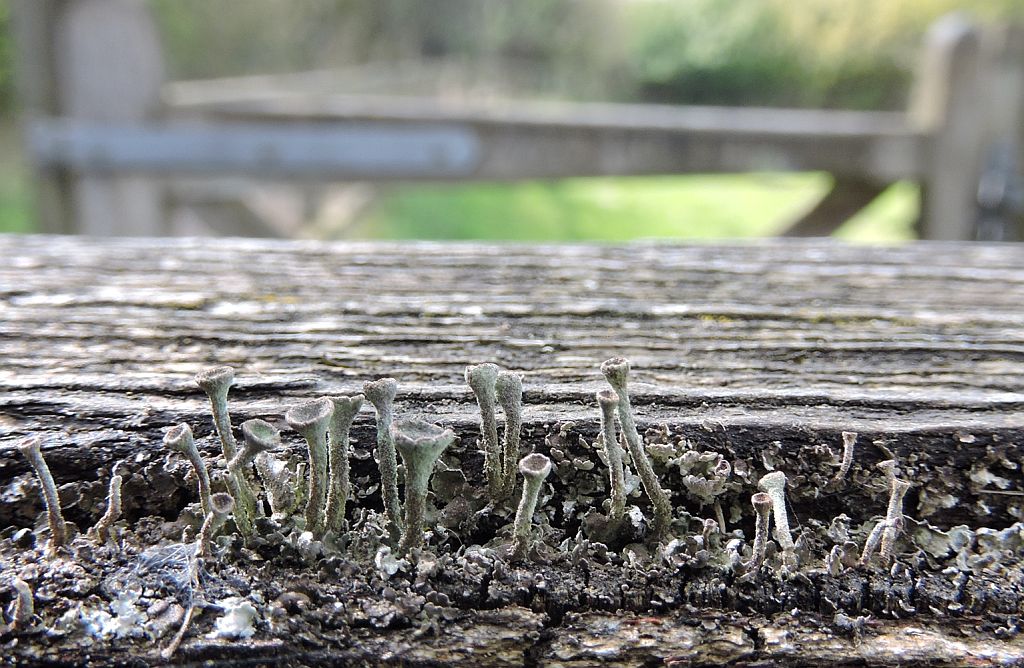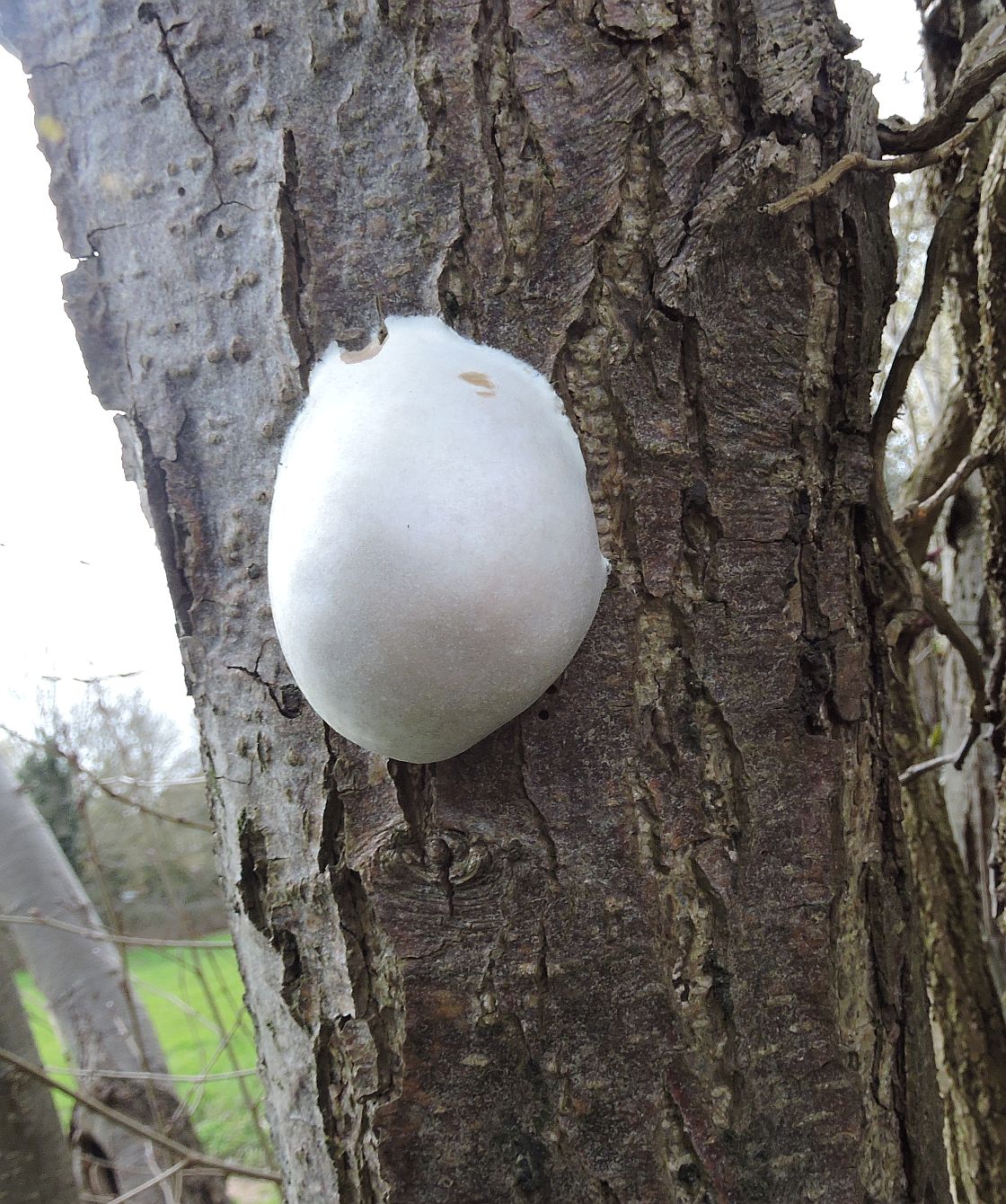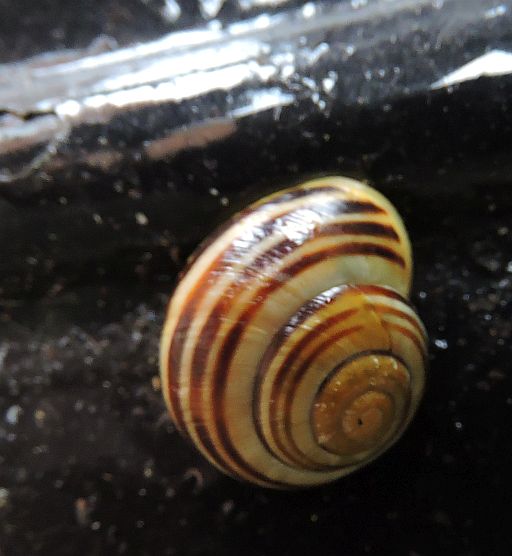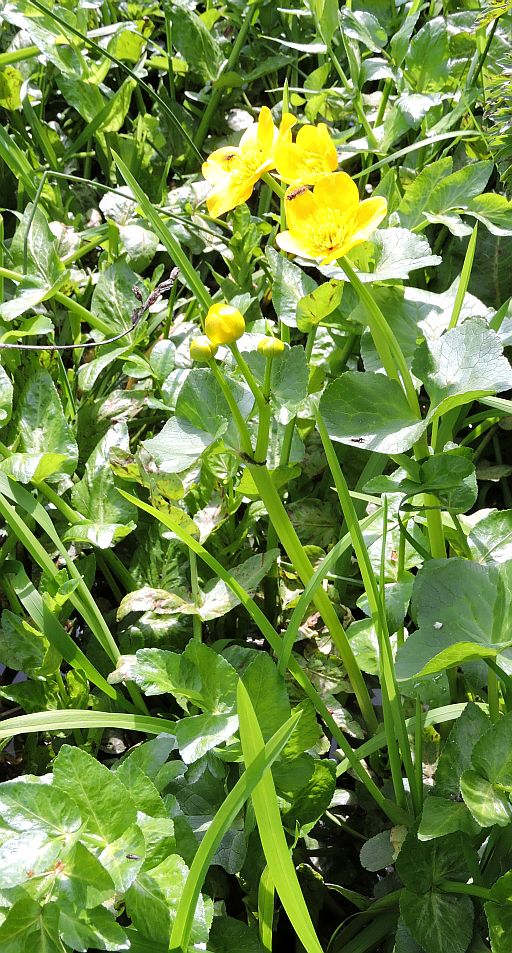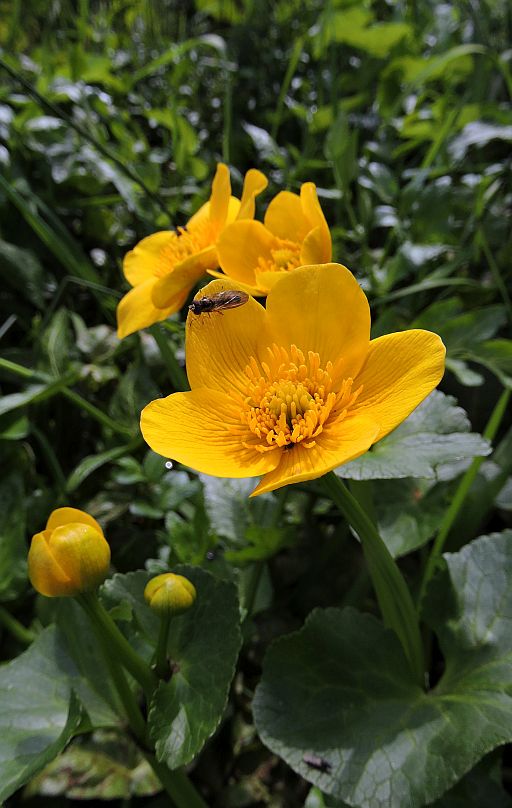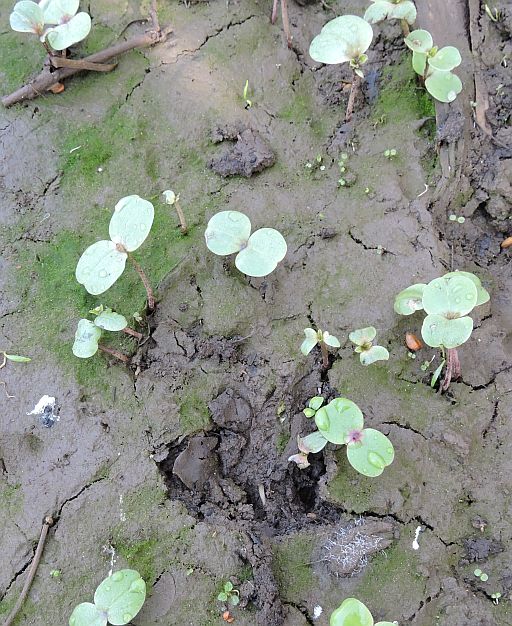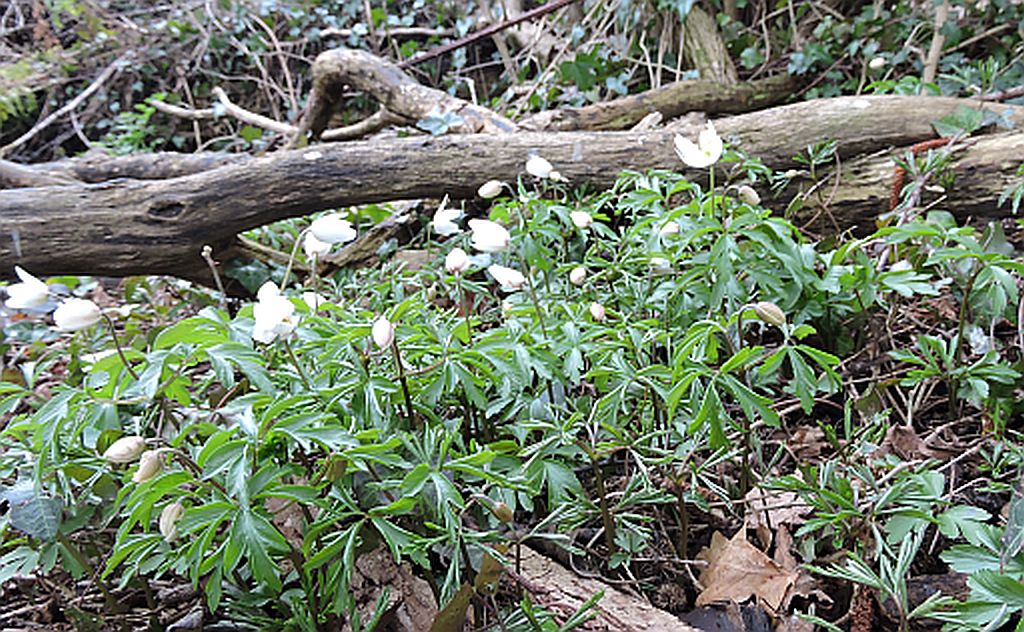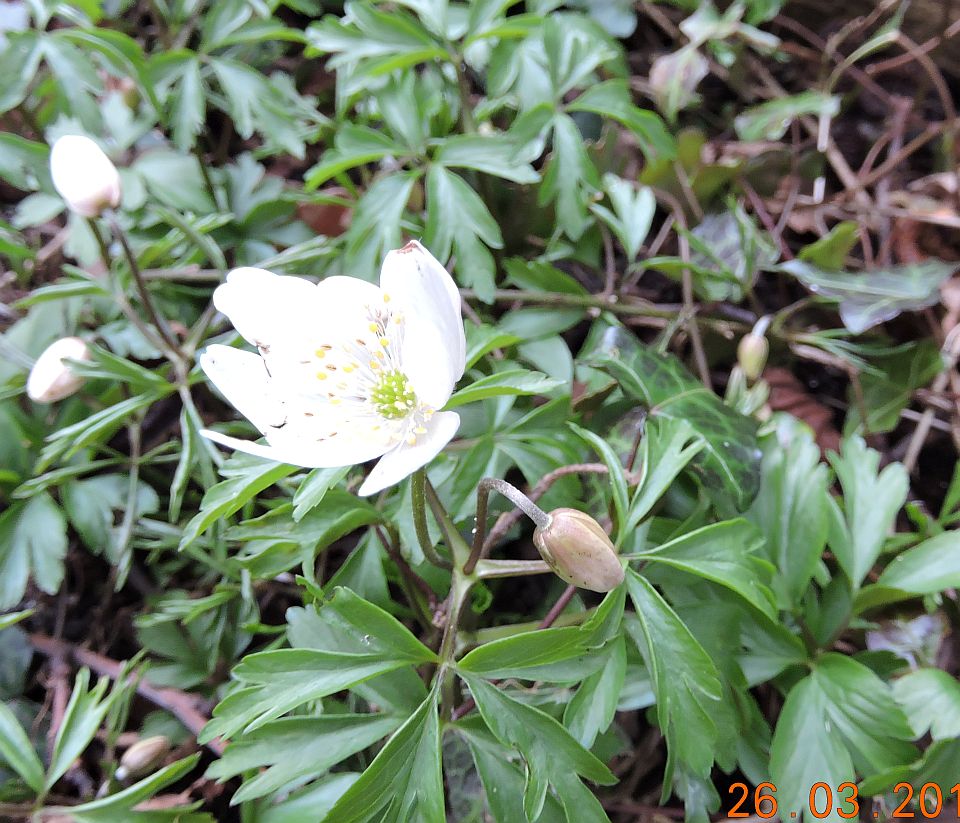
Click on the link to send in your sightings info@foteb.org.uk
For previous months sightings see Archive
The "Area Seen" refers to the 10 sections that the Brook has been split into for monitoring purposes (see Wildlife page under Monitoring ).
All sightings unless stated are from personal observations by Eddie Napper
Click on any picture to see a larger image
|
Birds 28/04/16
27/04/16 In Area 10 where the Emm Brook meets the Loddon, Brian Bennett saw a Hobby flying low overhead. 23/04/16
18/04/16 Seen flying over Area 4 and 5 this afternoon on the way home from work a Buzzard was being harrassed by 3 Carrion Crow . 17/04/16
15/04/16
13/04/16
12/04/16 In Area 5 whilst looking for bats at 20:00 a Sparrowhawk did a flyby, probably late night shopping for any unwary roosting birds. 10/04/16
05/04/16 Fraser Cottington was at the bottom of the car park field off Sandford Lane in Area 10 today and saw a Willow Warbler , a Blackcap 1 Blackcap,and several Chiffchaff , this was followed by a bit of a Raptor fest with a lot of Red Kite and Buzzard , a pair of Kestrels ,2 Sparrowhawk , and then if it couldn't get any better a flyover, calling Yellow Wagtail . 03/04/16
|
Insects
27/04/16
20/04/16 Another sunny afternoon walk home from work and another new Butterfly for the year in Area 5. This time a male Orange Tip Anthocharis cardamines butterfly was out and about.The 5th Butterfly species seen this year. 19/04/16 The sun shone this aternoon and in Area 5 the first Comma Polgonia c-alum butterfly was on the wing. In Area 10 a Peacock Inachis io , Brimstone Gonepteryx rhamni and the first unidentified White Butterfly of the year. 12/04/16
10/04/16
05/04/16 On my walk home this evening from work a Small Tortoishell Aglais urticae was seen on the grass by the Brook in Area 5. 02/04/16
Other Wildlife Mammals
27/04/16
19/04/16 In Area 10 what I assume was a pair of Roe Deer Capreolus capreolus were seen strolling across the landfill. The male had a fine pair of antlers. 12/04/16
10/04/16
Fungi
27/04/16
10/04/16
Molluscs
06/04/16
Fish/ Crustacean |
Plant/Trees
23/04/16 On the bank of Emm in Area 5, Garlic Mustard Alliaria petiolata is out and in flower 17/04/16
10/04/16
03/04/16 In Area 10 (Dinton Pastures),whilst out with the grandchildren Coltsfoot Tussilago farfara was seen growing on the banks of the Emm Brook. The flowers of Coltsfoot which appear between March and April are always out before the leaves. 02/04/16
01/04/16
For a review of the sightings along the Emm for the first 8 months of 2014 click here May - August 2014 Sightings January - April 2014 Sightings |
